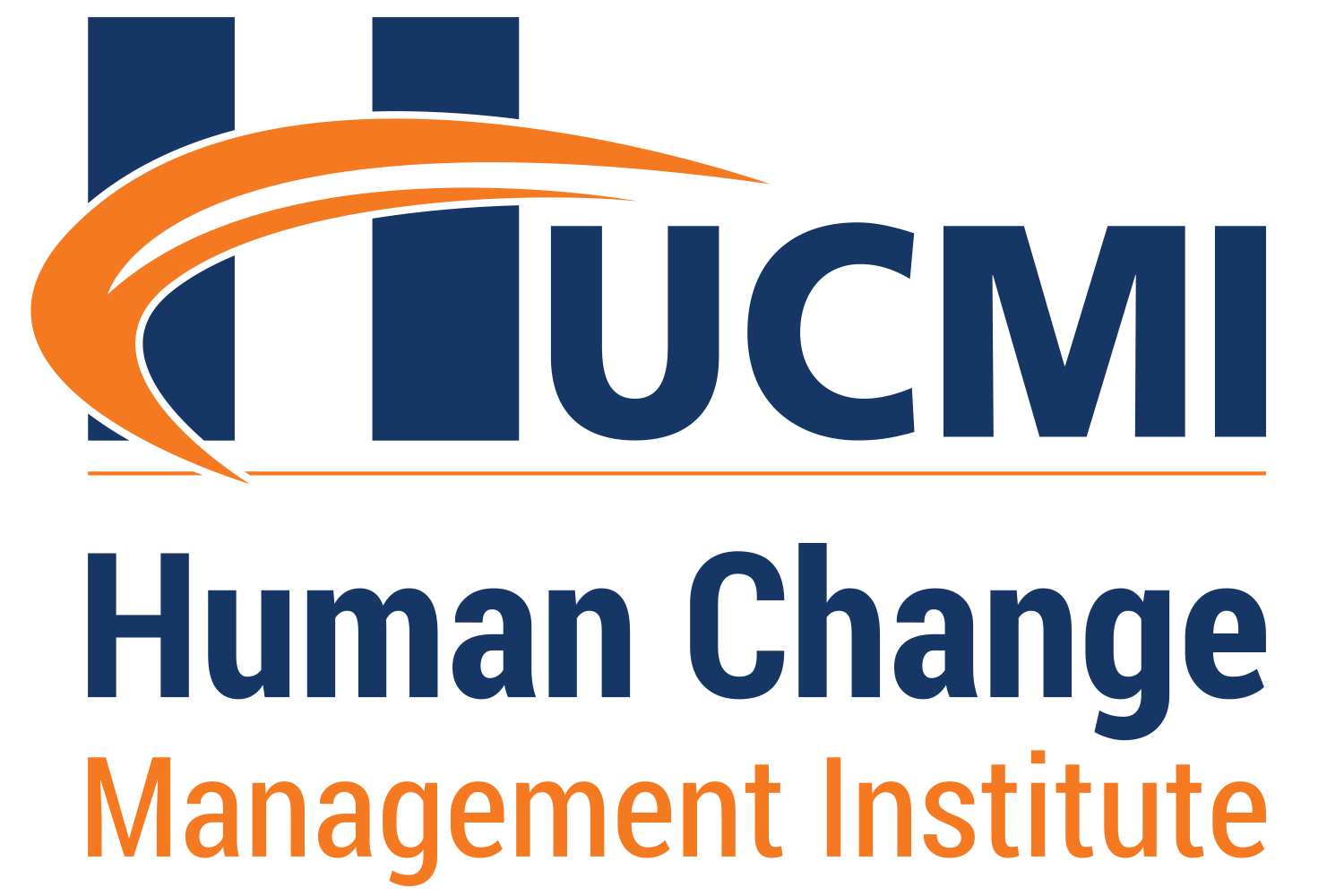Change leaders are people at all levels of an organization who encourage and guide change efforts, leading the direction and making the change compelling and relevant for each person.
There are multiple categories of change leaders:
Initiating leaders
One or more senior executives who “legitimize” the change. They have the power, vision, sense of dissatisfaction with the status quo, and appreciation of the resources and commitment needed to lead the change. They can authorize the resources needed to implement the change. Also known as decision-makers.
Sustaining leaders
People who often report to the initiative leader either directly or indirectly. They have most of the same responsibilities as the initiative sponsor, but usually are responsible for providing change leadership on a function, program, or geographic basis. Leadership should cascade from the executive level to middle management to first line management.
Influencers
People who want the change to happen and may have a lot at stake. They can’t cause the change to happen but may be able to slow it down or stop it. They can influence others to support or not support the change. As an example, a CFO may be very interested in the implementation of better management information systems in manufacturing, because of potential financial savings or improved reporting.
Change enablers
People to help launch, lead, or assist the process of change. Although Change Enablers can be drawn from many areas within an organization, it’s often useful to commission them from HR, training, in-house communication, and marketing. Their assignment can be part-time and carried out in parallel with ongoing tasks.
Change agents
People who provide services or leadership to implement the change, typically at the direction of the sponsor. Examples include project leaders, project managers, process owners who are involved with the project, or SMEs (subject matter experts).
Stakeholders
All those who have an interest or are affected by the change are stakeholders, from Change Leaders to influencers to the directly impacted targets.
Role Clarity Is Crucial in Successful Change
“Managers are people who do things right, while leaders are people who do the right thing.”
Warren Bennis, On Becoming a Leader.
| MANAGERS | LEADERS |
| > Keep the system under control. > Plan, budget, and allocate resources. > Organize and staff projects/initiatives. > Keep the system under control. | > Create changes. > Develop vision and strategies for needed changes. > Align people, influence creation of teams, communicate direction. > Motivate, inspire, and energize. |
Both sets of skills are needed during periods of change, but successful change cannot occur without courageous leadership.
“Powell’s Rules for Picking People
“Look for intelligence and judgment, and most critically, a capacity to anticipate, to see around corners…look for loyalty, integrity, a high energy drive, a balanced ego, and the drive to get things done. You can train a bright, willing novice in the fundamentals of your business… but it’s a lot harder to train someone to have integrity, judgment, energy, balance, and the drive to get things done.”.
General Colin Powell, USA – Secretary of State.
Creating an effective change leadership team is crucial to any program’s success because they are responsible for encouraging, guiding, and modeling change efforts. They point the direction and execute the changes brought on by the program.
- Some people change leaders by virtue of their position or relationship to the program, such as most sponsors and influencers.
- Some people are recruited to be change leaders by virtue of their suitability for the role, such as change champions and change agents.
- Criteria for effective change leaders include:
- They understand the strategic importance of the program, they can see the “big picture.”
- They have the skills and competencies needed for the role.
- They have the availability (time) and capacity (energy) to fulfill the role.
- They can be active supporters of change.
- They have the support of their management to participate.
- If a change leader does not meet all criteria, design development actions to mitigate risk or, if possible, replace the change leader.
By Marlon Kamesa – Change Management Strategist & HCMBOK Trainer
Did you like this article? We recommend reading the article below: https://change.management.hucmi.com/organizational-change-ambassadors-building-influence-networks-to-engage-stakeholders/

About HUCMI and HCMBOK Training and Certification Program:
Want to learn more about HUCMI’s international training and certification programs? Visit us on: https://hucmi.com/TreinamentoeCertificacao.aspx
Follow us on social networks and stay connected in everything the most modern and innovative that happens in the universe of organizational change management: https://linktr.ee/hucmi

